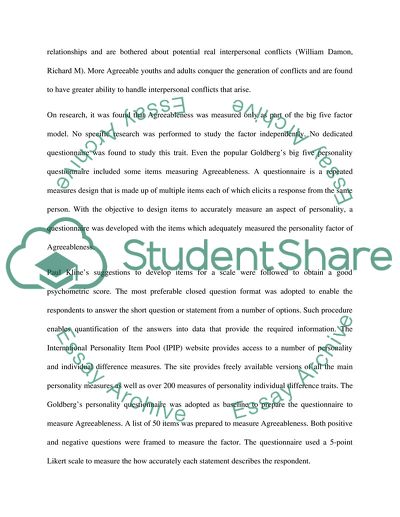Cite this document
(“Aspect of a Personality- Agreeableness Research Proposal”, n.d.)
Aspect of a Personality- Agreeableness Research Proposal. Retrieved from https://studentshare.org/psychology/1722383-factor-analysis-questionnaire-agreeableness
Aspect of a Personality- Agreeableness Research Proposal. Retrieved from https://studentshare.org/psychology/1722383-factor-analysis-questionnaire-agreeableness
(Aspect of a Personality- Agreeableness Research Proposal)
Aspect of a Personality- Agreeableness Research Proposal. https://studentshare.org/psychology/1722383-factor-analysis-questionnaire-agreeableness.
Aspect of a Personality- Agreeableness Research Proposal. https://studentshare.org/psychology/1722383-factor-analysis-questionnaire-agreeableness.
“Aspect of a Personality- Agreeableness Research Proposal”, n.d. https://studentshare.org/psychology/1722383-factor-analysis-questionnaire-agreeableness.


